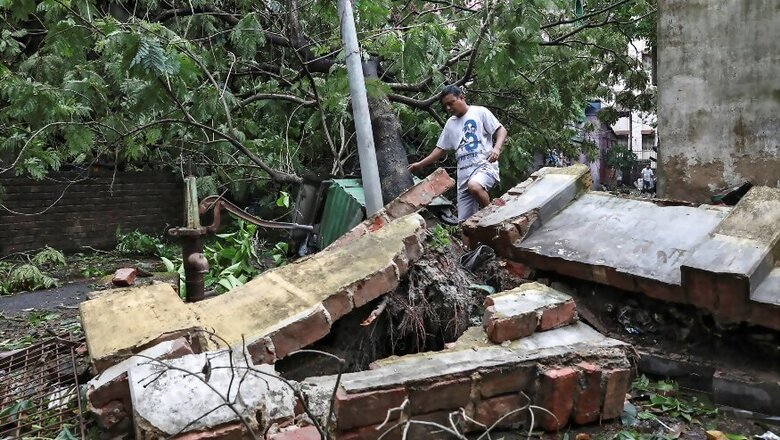
views
Cyclone Amphan, as it ravaged through West Bengal and Odisha in India, made one thing clear - no one was prepared for it.
The country already had too much on its plate with a deadly pandemic and a lockdown. On top of that, the cyclone had resulted in a war-like situation in Kolkata, in words of CM Mamata Banerjee. The city of joy was met with a rude shock on Thursday morning when the extent of the damage caused by the cyclone became evident. Till Wednesday, several had been convinced that the cyclone would weaken by the time it would reach Kolkata and like every time, this would just be another stormy evening, no more than a severe Kalboishakhi.
By 4:30 pm on that day, it was clear that this was a disaster nothing like what we've seen before. In another hour or two, the city had plunged into darkness with power being cut almost as soon as the cyclone hit Kolkata. With no connectivity and electricity - more than 14 lakh people prepared themselves for a brutally long and sleepless night - one filled with thoughts about how to reach out to their loved ones, if phone batteries will last till the morning after and how long till things return to normal.
Social distancing and coronavirus, not surprisingly, was the last thing on people's minds. The pandemic had taken a backseat in the state for the first time in months.
That changed overnight.
The following morning, people swarmed to the streets in large numbers to examine the damage incurred. Over one lakh trees had been uprooted. Nearly 80 people had lost their lives. The death toll dramatically increases if you count the number of birds and animals that died in the cyclone.
Jayita Mukherjee, a resident of Tollygunge, woke up at 5 am to go check on the favourite tree in her backyard, which had been uprooted in the storm. "I saw people were already out on the streets, standing in groups, discussing what to do about the massive 100-year-old Shirish tree that was blocking the whole society. Only a few of them had masks on," Mukherjee said.
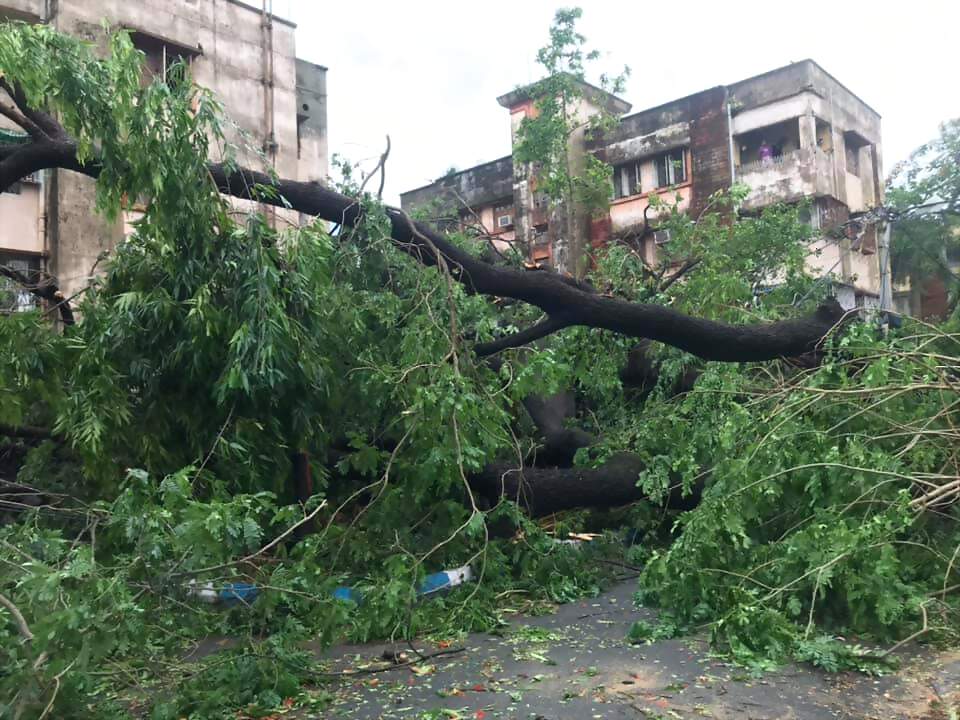
Jayita's husband, Sumit, is a member of the society's association and took it upon himself to reach out to the CESC (Calcutta Electric Supply Corporation). Their society hadn't had electricity in the last 28 hours. "No one was doing anything. No member of the KMC (Kolkata Municipal Corporation) had even come to inspect the trees that had uprooted in our area. Unless the trees are removed, the CESC cannot do anything. I had to go to the CESC office myself," he said. When asked about safety measures while stepping out due to the pandemic, he said, "To be honest, I'd even forgotten we were in the middle of a pandemic. All I wanted was to get power back on without which the society wouldn't even get water."
There's only so much one can handle at one time. Yes, social distancing did go for a toss in the aftermath of the cyclone. Lanes and bylanes saw hundreds of people coming out of their homes to gauge the brevity of the situation, discussions between frantic neighbours about how to save water or charge electrical devices and even youth stepping forth to cut trees and clear road blockades so that vehicles could pass through.

A resident of South Kolkata, who did not want to be identified, said that he had taken on the responsibility of cutting up trees in his neighbourhood, along with other volunteers. "We had no idea when KMC or CESC would turn up. How much longer could we wait? I had initially worn a mask when I stepped out but it was impossible to keep it on in the scorching heat. My glasses kept fogging up!" he said.
Rupsha Bhadra, a resident of a gated complex in Netaji Nagar, was one of the few fortunate ones who had electricity. However, a majority of houses in her locality didn't. Her father, Saikat Bhadra, took charge of the situation and offered to help the others in the society by charging their phones. The scenes in their society on Thursday morning was quite unlike what one had seen even one day earlier. It was reminiscent more of a life before coronavirus.
"People are merrily chatting away. But can you really blame them? Human beings can handle only one crisis at a time," said Rupsha.
Ahana Sen, an architect living in another gated complex in Tollygunge, stepped out of the house for the first time since the lockdown. Although she has been reminding her father and everyone else out on the streets about not shaking hands, avoiding contact and wearing a mask irrespective of how uncomfortable it is, said that this "socialising" is probably what people needed.
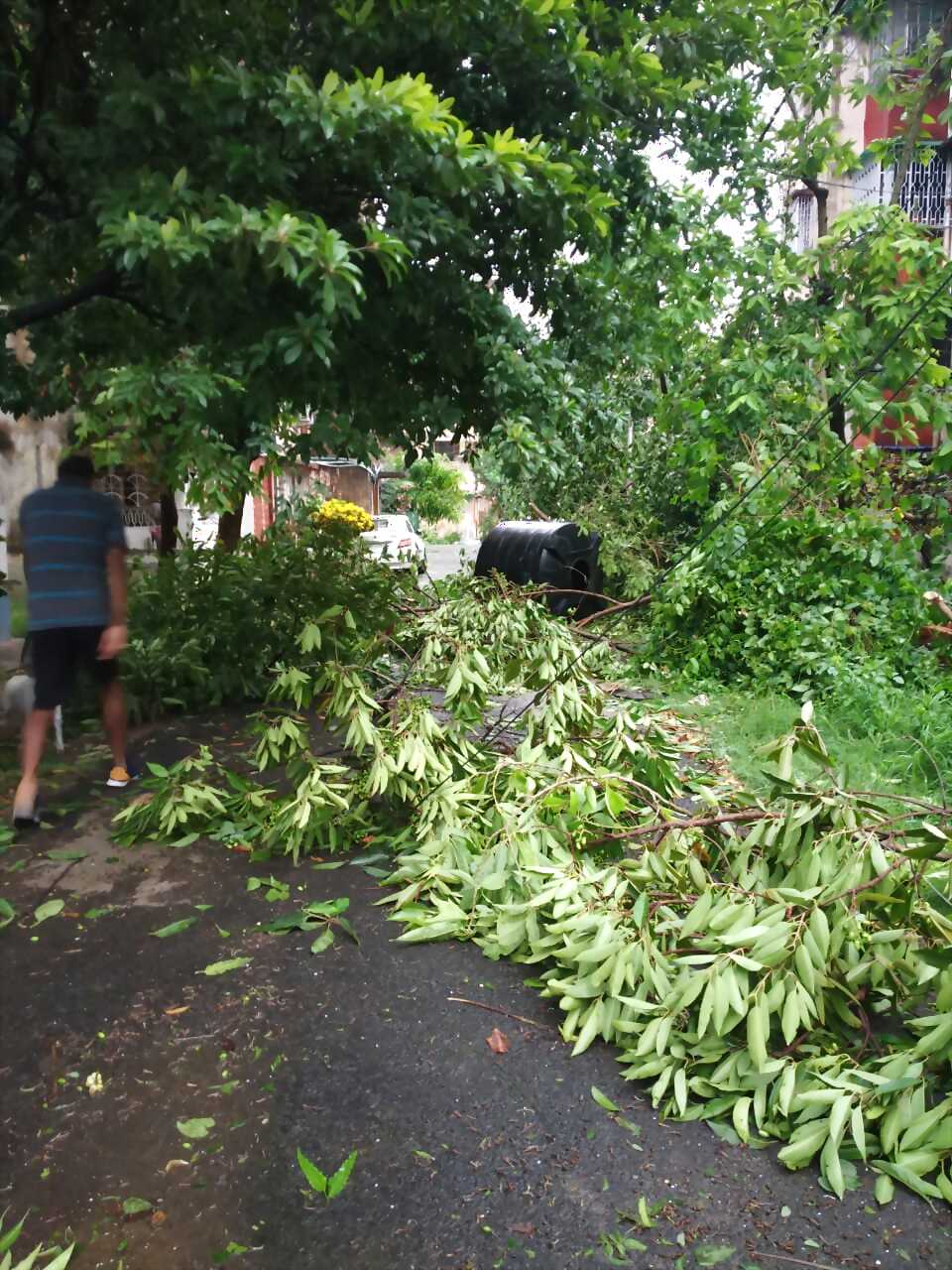
"I think the people of my society needed this. Yes, there is absolutely no social distancing. But there is nothing that can be done about it. People are staying out the whole night to ensure CESC does its duties and power is restored. The team from CESC must have travelled to multiple localities before coming here, even places with coronavirus cases. But now isn't the time to think about all that," she said.
Much has been said on social media how Bengal, and specifically Kolkata, failed to abide by the norms of social distancing during the cyclone and in the days after it. Many have even condemned it. But really, it is much easier said than done. When you've been stripped of even the most basic of amenities and your cries for help are falling on deaf ears, masks and sanitizers become the least of your priorities.











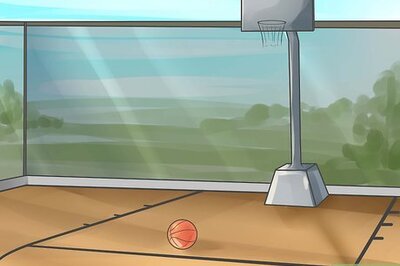




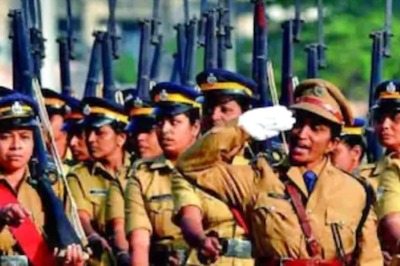

Comments
0 comment